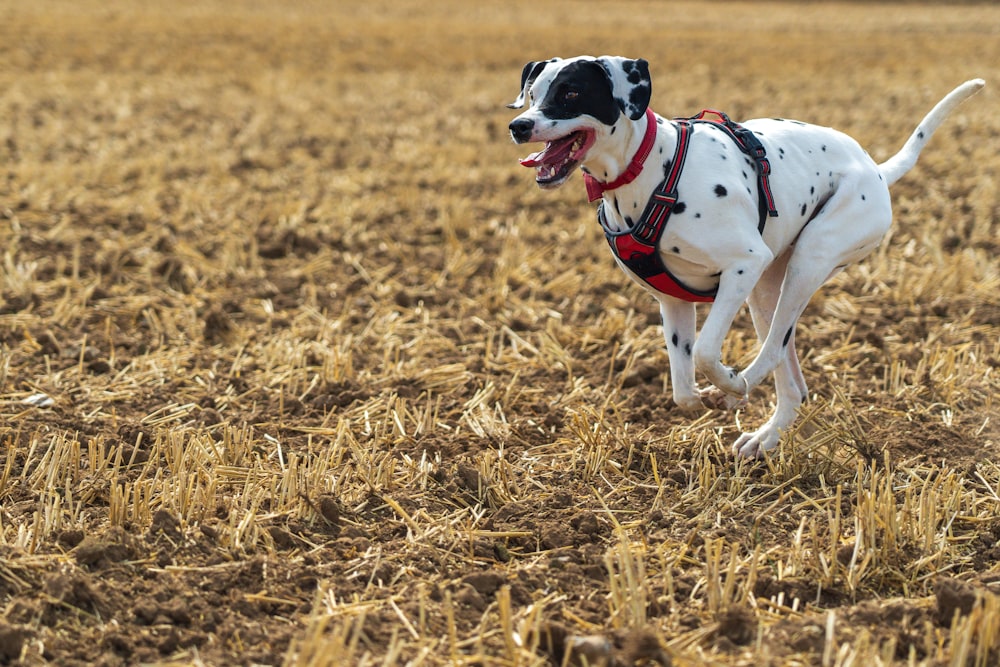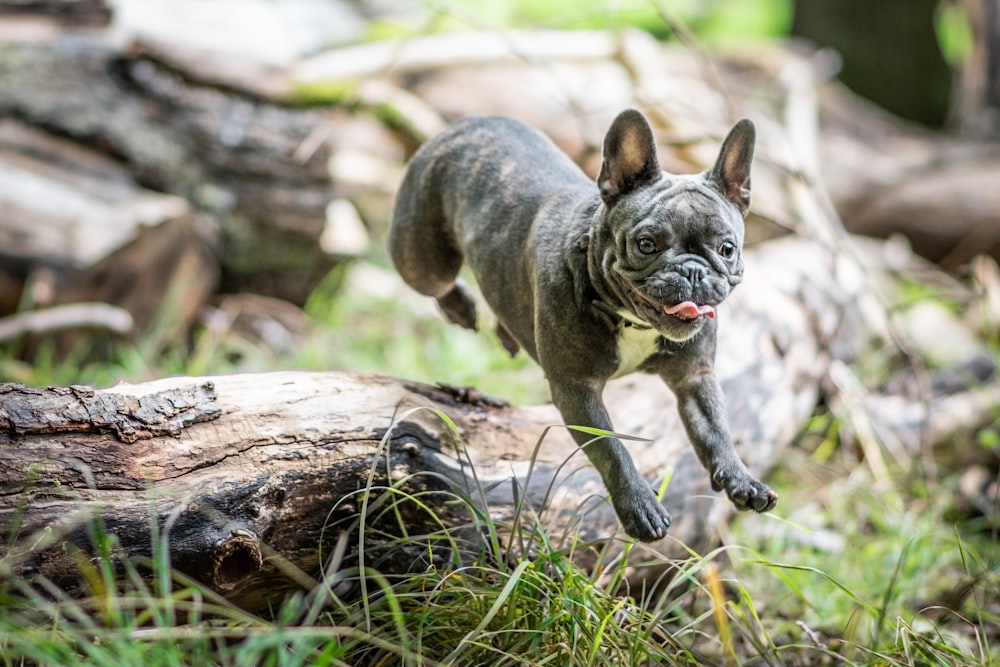Between finding the best food, visiting the best veterinarian, and caring for our dogs like they are our children, it’s clear that we want what’s best for them. To live a happy and healthy life, we know our dogs need to exercise as we do, but how much dog exercise do they need?
Factors That Determine Dog Exercise Levels
Many different factors determine how much exercise your dog needs, so, unfortunately, the answer is rarely simple. Here are just a few:
Age
Puppies, adult dogs, and senior-aged dogs all have very different exercise needs.
Puppies are growing into their bodies and bladders; as such, they need frequent but short play and potty sessions throughout the day. A good rule is that your puppy needs five minutes of exercise twice daily for each month of age. So if your puppy is 3 months old, they need up to 15 minutes of play (3 months x 5 minutes = 15 minutes), twice a day, for a total exercise time of 30 minutes a day.
Once a dog is fully grown, at around 2 or 3 years of age, their play sessions can become much longer. Adult dogs typically require between 30 minutes and 2 hours of daily exercise.
Seniors may develop health issues, such as arthritis, that make exercising difficult. Senior dogs often enjoy a short, leisurely walk for around 30 minutes each day.
Catering exercise to your dog’s age is vital, and if you aren’t sure how much exercise your dog should be getting, consult a veterinarian.

Breed
Between 30 minutes and 2 hours of daily exercise is a pretty large span. How do you know where your dog falls? One indication of how much activity your dog may need depends on their breed (or their mixture of breeds). In general, smaller breeds do not need as much exercise as larger breeds, and more active breeds need more exercise than the “lazier” breeds. Here are a few examples:
Smaller toy breeds such as Chihuahuas, Miniature Poodles, and Yorkshire Terriers tend to be less active and will likely only need about 30 minutes of exercise each day.
Giant breeds, despite their size and strength, are known to be less energetic as well. These breeds include Great Danes, Mastiffs, and Newfoundlands.
Flat-nosed breeds such as Bulldogs, Pugs, and Shih Tzus, have poor breathing and respiration, so heavy and long bouts of exercise can be problematic. They also will benefit from shorter daily exercise: perhaps between 30 minutes and 1 hour each day.
Active breeds such as Collies, Shepherds, Terriers, Hounds, and Retrievers were bred to be working dogs. As a result, they require between 60 and 120 minutes of daily exercise. This is not only to maintain their physical health but their mental health as well. Working breeds who are not given adequate exercise often develop severe behavioral issues.

Types of Dog Exercise By Breed
While not a perfect rule, your dog’s breed (or their mix of breeds) may indicate what types of exercise are best for them. Here are a few guidelines for what exercises may be best for your dog.
What Job Was Your Dog Bred For?
Is your dog a herding breed like a border collie? Or a ratter like many terriers? There are numerous activities and sports that can imitate the job your dog’s breed what created to do. Here are just a few.

Dog Exercise: Herding Breeds
Herding breeds such as Australian Cattle Dogs, Australian Shepherds, and Border Collies want, and even need, a job to do. These dogs are quick and agile, bred to herd animals over long distances. As a result, they have enough energy to burn and the endurance to maintain high energy levels for long periods. In some areas, herding classes and competitions are held where your dog can do exactly what they were bred for. Agility, where contestants navigate a series of obstacles at high speeds, is another excellent activity for herding breeds.
Dog Exercise: Terriers
Most terrier breeds were bred to sniff out and dig problematic prey out of underground burrows. To imitate this job, a sport called “Earthdogging” was born. Earthdogging entails dogs navigating a maze of tunnels constructed underground to reach their “prey.” The prey is safe from contact with the dog but still simulates the hunt.

Dog Exercise: Working Breeds
Working breeds span many types of dogs and the equally numerous jobs for which they were bred. The group includes sled dogs like the Alaskan Malamute and cart dogs like the Bernese Mountain Dog. To create a job for these powerhouse breeds, consider engaging in activities similar to what their breed was designed to do. If you live in an area that enables sledding, have your dog pull a small sled. Similarly, a cart dog could easily pull a cart. If you have one of these breeds but do not have access to sleds and carts, consider simply taking your dog on hikes while wearing a backpack.
Dog Exercise: Hounds
Members of the hound category are renowned for their keen senses. Scenthounds like the Beagle and Bloodhound can participate in scent work classes and competitions, where they put their impressive noses to the test. Sighthounds like the Greyhound and Afghan Hound can attend competitions and races with “lure coursing,” where dogs chase a mechanically-operated lure to simulate a hunt chase.
Dog Exercise: Retrievers
Retrievers, pointers, setters, spaniels, and poodles were bred to find and retrieve small game animals. If you don’t plan to use your retrieving dog for actual hunting, consider a sport or competition that simulates these activities. Sports such as dock diving, where dogs jump long distances off a dock into the water after a toy, and disc dog, an ultimate frisbee endeavor, allow your dog to pursue their love of retrieval.
No matter what breed or mix your dog is, there are plenty of stimulating exercise opportunities available. In the end, a stimulated dog will be a tired dog, and a tired dog will be a better-behaved dog. So do some research into the purpose of your dog’s breed and find out what activities are available in your area. Your dog will thank you!

Other Factors Affecting Dog Exercise
Numerous factors may contribute to how much exercise your pooch requires each day. Another important factor is health issues. Dogs with physical disorders such as arthritis or hip dysplasia will need much calmer, short bouts of exercise than a completely healthy dog.
As always, if you have any questions regarding your dog’s health, consult your veterinarian.
